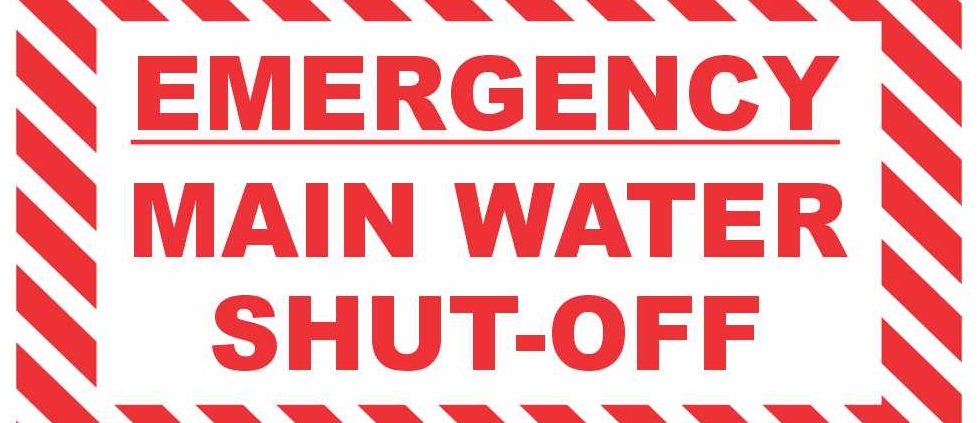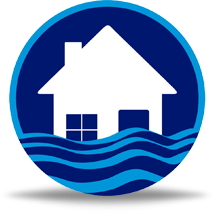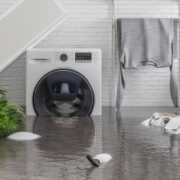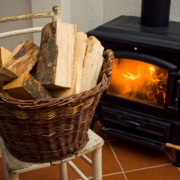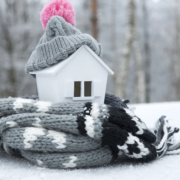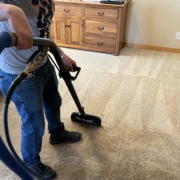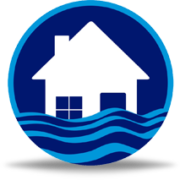In times of emergency, quick and decisive action can make all the difference. One of the first steps to take in a water-related emergency is to shut off the water supply to your home. This simple yet crucial task can prevent further damage and protect your property. Additionally, professional services like American Restoration can be invaluable in helping you recover from water damage. In this blog, we will guide you through the process of shutting off your home’s water and explore how American Restoration can assist in the aftermath of a water-related crisis.
Emergency Main Water Shut-Off Guide
-
Shutting Off Your Home’s Water
-
Why is Shutting Off Water Important?
-
The Role of American Restoration
-
FAQ: Water Shut-Off and Damage Restoration
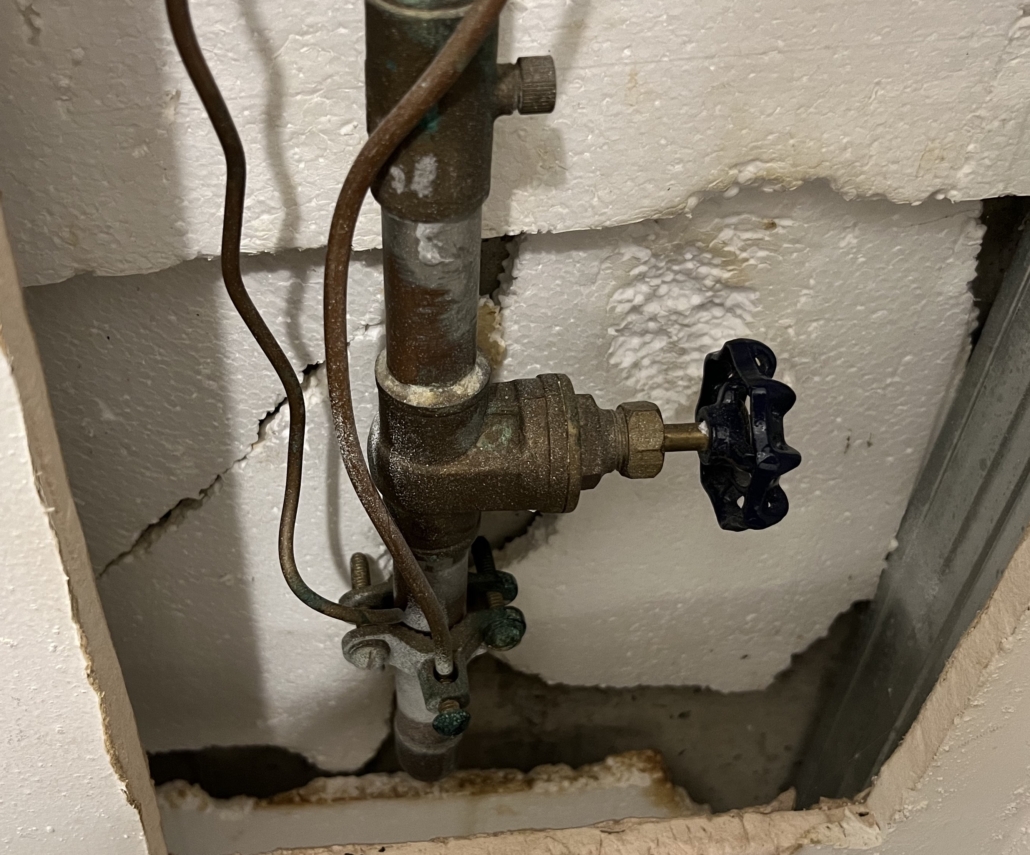
Example of a main water shut off inside a home.
Shutting Off Your Home’s Water:
Step 1: Locate the Main Water Shut-Off Valve:
The main water shut-off valve is typically located near the water meter or where the main water line enters your home. It may be indoors or outdoors, depending on your home’s construction. Common locations include basements, crawl spaces, utility rooms, or near the foundation.
Step 2: Turn Off the Water Supply:
Turn the valve clockwise to shut off the water supply until it is fully closed. Shutting off the main water valve will stop water from flowing into your home. Make sure to test a faucet to ensure the water is completely turned off.
Step 3: Individual Appliance Shut-Offs:
Besides the main shut-off valve, certain appliances like toilets, sinks, and washing machines may have individual shut-off valves. Familiarize yourself with these locations to isolate specific areas of your home.

Why is Shutting Off Water Important?
Prevents Further Damage:
You can prevent additional damage to your home and belongings by promptly shutting off the water.
Reduces Cleanup Costs:
Acting swiftly can minimize the extent of water damage, reducing the costs associated with cleanup and restoration.
Ensures Safety:
Water-related emergencies like burst pipes can pose electrical and structural risks. Shutting off the water helps maintain a safer environment.

The Role of American Restoration:
Rapid Response:
American Restoration understands the urgency of water damage situations. With a rapid response team, they can quickly assess the damage and formulate an action plan to mitigate further issues.
Professional Assessment and Restoration:
Trained professionals from American Restoration have the expertise to assess the extent of water damage and identify affected areas and materials. They employ advanced equipment to extract water, dry affected areas, and prevent mold growth.
Restoration and Reconstruction:
Beyond water extraction and drying, American Restoration offers comprehensive restoration services. These services may include repairing damaged structures, replacing flooring, and restoring your property to its pre-damaged condition.
Insurance Coordination:
Navigating insurance claims can be complex. American Restoration can assist in documenting the damage, providing estimates, and working with your insurance company to streamline the claims process.
Being prepared for water-related emergencies involves knowing how to shut off your home’s water and having a recovery plan. American Restoration can be crucial in efficiently and effectively restoring your home after water damage. By combining prompt action on your part with the professional services of restoration experts, you can minimize the impact of water emergencies and restore your home to its former glory.

FAQ: Water Shut-Off and Damage Restoration
Q1: How do I shut off my home’s water in an emergency?
Locate the main water shut-off valve, typically near the water meter or where the main water line enters your home. Turn this valve clockwise until fully closed to stop the water supply.
Q2: What happens if I turn the water to my house off?
Turning off the water supply helps prevent further water damage, especially in emergencies like pipe bursts. It stops the flow of water, minimizing damage to your property and belongings.
Q3: How should I turn off water to my house for vacation?
Before leaving for vacation, shut off the main water supply to prevent potential leaks or water damage while you’re away. This can be done by turning the main water shut-off valve clockwise until it’s fully closed.
Q4: How do I turn off the water to my house from outside?
Find the external shut-off valve, often located in a buried box near the street or property line. Use a wrench to turn this valve clockwise to shut off the water supply from outside your house.
Q5: How do I turn off the main water supply at the street?
Locate the water meter, usually in a concrete box near the street. Open the box and use a water meter key or a suitable tool to turn the valve clockwise. This shuts off the water supply directly from the street.
Q6: What is water damage restoration, and how does it work?
Water damage restoration is the process of repairing and restoring areas of your home that have been damaged by water. This involves removing standing water, drying out affected areas, repairing or replacing damaged materials like drywall, and preventing mold growth.
Q7: Should I contact my insurance company after water damage?
Yes, contact your insurance company as soon as possible after water damage. They can guide you on your policy coverage and the claims process. Document the damage with photos and detailed notes for your claim.
Q8: How can I prevent mold after water damage?
Quickly removing water, thoroughly drying out the area, and maintaining good ventilation are key steps to prevent mold growth after water damage. Consider consulting a professional for mold remediation if necessary.
Q9: What should I do if I discover severe water damage in my home?
Immediately shut off the water source if possible. Remove valuable items from the affected area, and contact a professional water damage restoration service like American Restoration. They can assess the extent of the damage and begin the restoration process.
Q10: How can I protect my home from future water damage?
Regular maintenance of plumbing systems, installing a sump pump in flood-prone areas, and knowing how to quickly shut off your home’s water supply are effective ways to protect your home from water damage. Additionally, keeping gutters and downspouts clean can prevent water accumulation around your home.
Q11: What types of water damage are there?
Water damage can be categorized as ‘clean water‘ (from sanitary sources), ‘gray water‘ (slightly contaminated), and ‘black water‘ (highly contaminated and harmful). The type of water affects the restoration approach and safety measures.
Q12: How long does the water damage restoration process take?
The duration of the water damage restoration process varies depending on the extent of the damage, the type of water involved, and the size of the affected area. It can take anywhere from a few days to several weeks.
Q13: Can water damage lead to structural damage in my home?
Yes, if left untreated, water damage can lead to significant structural damage. Water can weaken foundational elements, cause rot, and deteriorate building materials.
Q14: What should I do first if I find my basement flooded?
First, ensure it’s safe to enter, particularly concerning electrical risks. Shut off the power and water supply if possible. Then, remove water using a pump or a wet vac, and contact a professional restoration service for thorough drying and repairs.
Q15: How do I deal with insurance claims for water damage?
Document all damage thoroughly with photos and detailed notes. Keep records of all communications with your insurance company. Submit a detailed claim with all necessary documentation. A professional restoration service can assist in providing accurate estimates and documentation to support your claim.
Q16: What are the signs of water damage in a home?
Signs include water stains on walls or ceilings, peeling paint or wallpaper, warped or buckling floors, musty odors, and visible mold growth. Also, look for pooling water or dampness in carpets or flooring.
Q17: What causes water damage in homes?
Common causes include leaking or burst pipes, appliance malfunctions (like water heaters), natural disasters (such as floods), roof leaks, and poor drainage around the home.
Q18: What is the difference between water removal and water damage repair?
Water removal involves extracting water from the home, using pumps and vacuums. Water damage repair involves restoring or replacing damaged materials, such as drywall, flooring, and electrical systems, after the water is removed.
Q19: How do I know if the water damage is too severe for DIY repairs?
If the damage involves structural elements, electrical systems, or is caused by contaminated water, it’s best to hire professionals. Extensive damage that affects large areas or requires specialized equipment also warrants professional assistance.
Q20: Are there different types of water shut-off valves?
Yes, common types include ball valves, which use a lever to control the flow, and gate valves, which use a wheel to raise or lower a gate inside the valve. It’s important to know which type you have for proper operation.
Q21: How do I prevent water damage in flood zones?
Elevate electrical components, install flood barriers or sandbags, use a sump pump, and ensure proper drainage around your property. Regularly inspect and maintain your home’s plumbing system to prevent leaks.
Q22: Can previous water damage affect my home insurance?
Yes, previous water damage can impact your home insurance. It may affect your premiums and coverage. Disclose any past water damage when applying for or renewing insurance to ensure proper coverage.
Q23: What should I do after the water damage restoration process is complete?
After restoration, thoroughly inspect the repairs. Test all electrical and plumbing systems. Keep documentation of the repairs for insurance purposes. Consider implementing preventative measures to reduce the risk of future water damage.
This FAQ aims to guide homeowners through the necessary steps and considerations in dealing with water-related emergencies, from immediate actions to long-term prevention and restoration strategies.

